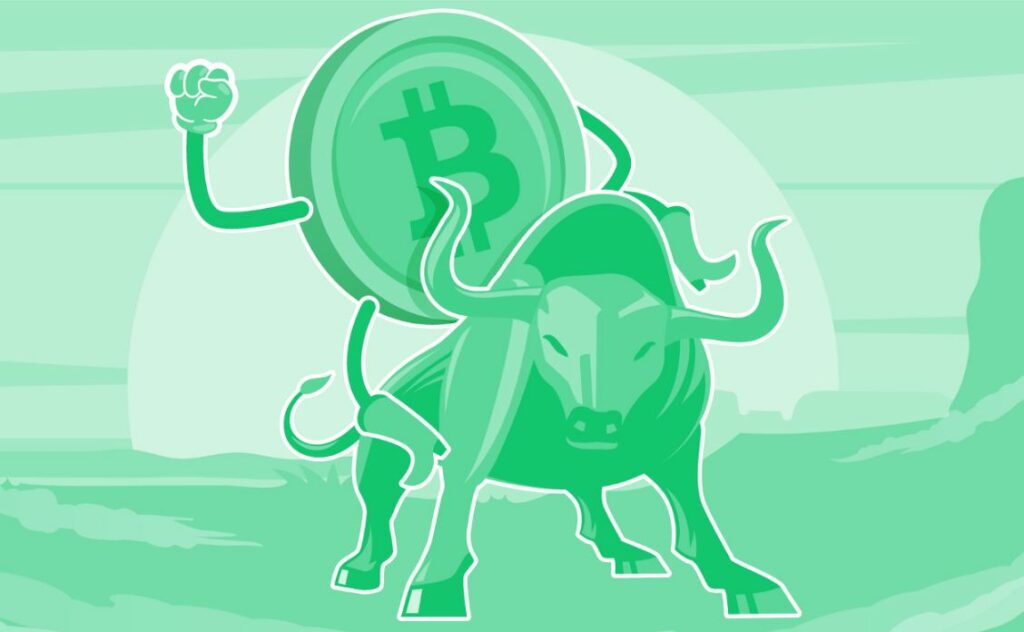Like cryptocurrencies before them, NFTs have a way of making people fear missing out.
For the past several years, the world has seen the spectacular rise in the value of cryptocurrencies. A decade ago, Bitcoin was practically worthless, and you would need many of them just to buy one pizza.
The technology was dismissed many times, even by people who should have known better, but in the end there was only one winner.
Early Bitcoin investors ended up as millionaires, and everyone else envious.

Non-Fungible Tokens are being hyped as the next logical evolution of cryptocurrencies. They are built on the same technology (blockchain), but offer more use cases in the long run.
Simply put, NFTs will be the drivers of Web3.
It has been said often that Web3 is at the same stage the internet was in the mid 90s. Only the visionary can imagine the possibilities.
If you had the knowledge you have now, wouldn’t you have wanted to get a piece of the internet in the 90s?
That is how NFTs are being sold. It is like selling you fire insurance while the house is burning.
With such a lovely pitch, no one wants to miss out. There are millions to be made, and we all want to make them before everyone else dilutes the market. Call it FOMO.
Enter rug pulls..
What is an NFT rug pull?

Simply put, a rug pull is a scam. It literally means pulling a rug from right under someone.
Taking advantage of the NFT appetite out there, a few conniving individuals come together and invent what looks like a totally legitimate NFT project.
They will tick all boxes, namely:
- Create a beautiful website explaining what the project is all about, and detailing their road map.
- Create a Twitter account that seems professionally run.
- Build a Discord community, sometimes over many months.
Over a long period, the project leaders, who often prefer to use pseudonyms, will build a sizeable community, giving them regular updates and progress reports.
Sometimes they drive up the hype by paying crypto and NFT influencers to spread their message. They are ready to spend their own money to make the project appear as authentic as possible.
If they have done their groundwork properly, the NFT will be a hot commodity the day it drops in the marketplace. The collection will sell out in minutes, instantly generating hundreds of thousands or even millions of dollars for the developers/founders.
Once the money is securely in their accounts, they shut everything down, from the Twitter account to the Discord and website.
A recent rug pull was the Balloonsville project that happened in early February, 2022. After a successful drop of 5,000 balloon NFTs, the persons behind it pocketed $2 million, then informed their 24,000 Twitter followers that they had just been scammed, then promptly deleted that account.
Read: Balloonsville Pulls an NFT Rug Pull, Gloats About it and Blames ‘Magic Eden’ for Negligence
Needless to say, the value of the NFTs instantly plummeted.
A rug pull can also happen in crypto tokens, where the value of the token quickly plummets to zero as soon as the project founders sell everything.
What is the Biggest Crypto/NFT Rug Pull Ever?
In 2021, an estimated $2.8 billion was lost in rug pull scams, according to the Financial Post.
That points to how big the problem is. However, only a small fraction of rug pulls get media attention. These tend to be the ones that had generated a lot of buzz and had built massive communities.
The biggest rug pull so far remains the scam pulled by Turkish crypto exchange Thodex, where the founder disappeared shortly after the exchange halted users’ ability to withdraw their funds. Over $2 billion was stolen.
Another one was the Anubis DAO, a project created to capitalize on the dog-themed coins craze. When the music stopped, over $60 million in ETH had been stolen.
Another big rug pull in 2021 was the Squid Game inspired SQUID coin. When the coin surged to a high of $90, developers made off with $3.38 million, in the process tanking its price to $0.007 in a matter of minutes. That’s quite literally 99.99% of its value wiped out in an instant.

In 2022, the Balloonsville rug netted its founder/founders over $2 million, leaving everyone else broke and broken.
Less than two weeks before Balloonsville, Blockverse, a well hyped NFT project also pulled the rug.
Its value was derived from its roadmap of developing an Ethereum-based Player versus Player (PvP) game, whose biggest selling point was bringing Play 2 Earn (P2E) on Minecraft. That never happened, and after raising $1.3 million, the founders shut everything down and disappeared.
Another rug pull in 2022 was the Big Daddy Ape Club NFT project. Scammers took off with $1.3 million on this one. However, since their identities had already been verified by identity verification protocol Civic, there is a chance that law enforcement could track them down.
Signs an NFT Project is a Rug Pull
Scammers are improving their skills, and it is increasingly difficult to tell whether a project will end up being a rug pull or not. With millions of dollars at stake, the scammers can act legitimate for extended periods; months or even years, in the process building a very vibrant community.
However, there are some tell-tale signs you should look out for.
- Shady founders’ profiles: The people behind the project should be transparent, and credible. They should have a background or record in the NFT community, and above all, avoid projects with anonymous founders.
- Low quality whitepaper: The quality of their whitepaper should be a clear signal on whether to invest or not. While some scammers will present very credible-looking papers, a few will not. Very rarely will you find a legitimate project with a shady whitepaper. Use online tools to ensure that what you are looking at is not plagiarized work, because that is a sure sign you are about to get scammed.
- Liquidity with no time lock: Without a guarantee of liquidity lock, the founders can withdraw the funds and disappear anytime. This is more so in cryptocurrencies.
- Inconsistencies in details: Be on the look out for any inconsistencies no matter how small.
- Lack of effort: While some scammers are heavily invested in the scam, others will simply not give it all their attention. Failing to regularly engage the community and answer queries is a big red flag.
All in all, doing your own thorough and unbiased research will be your best bet.










